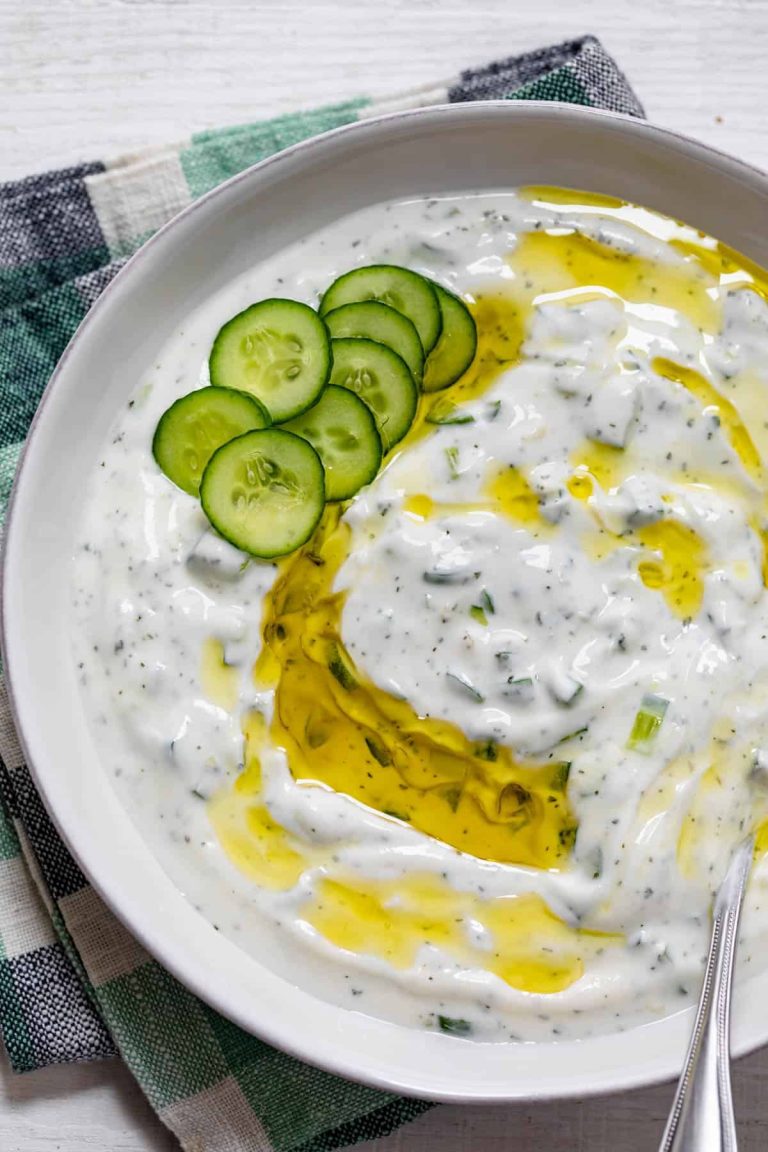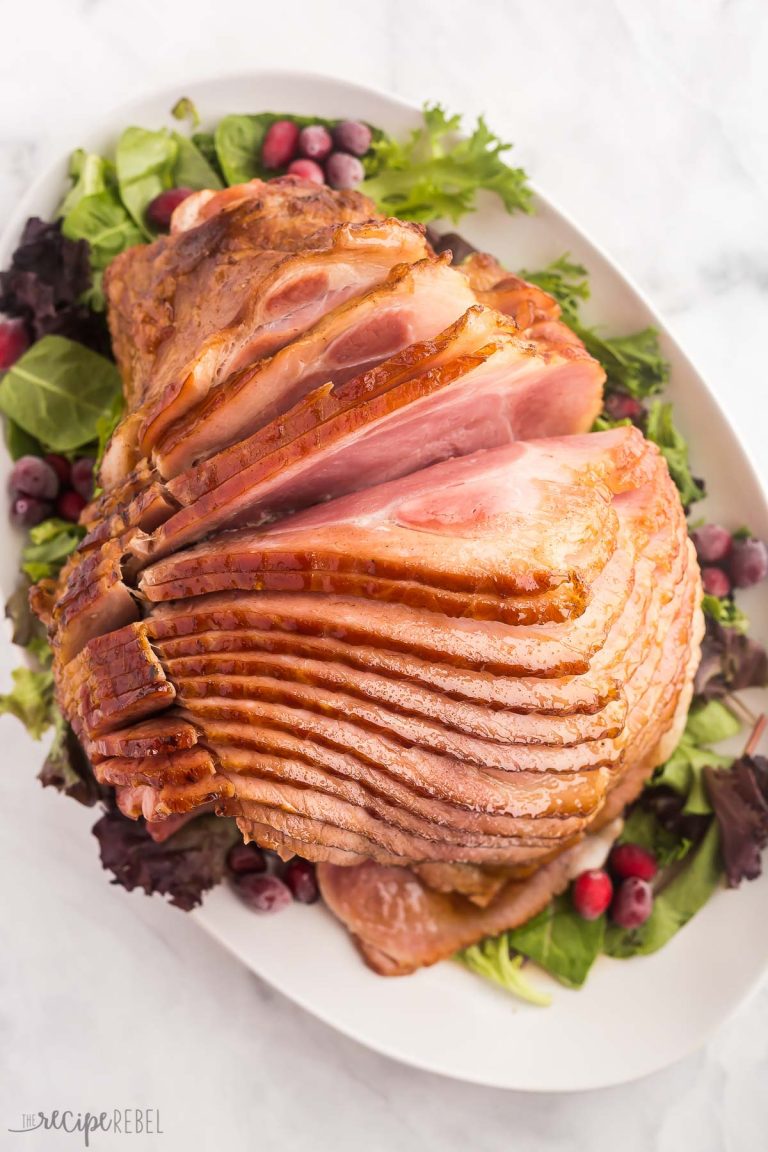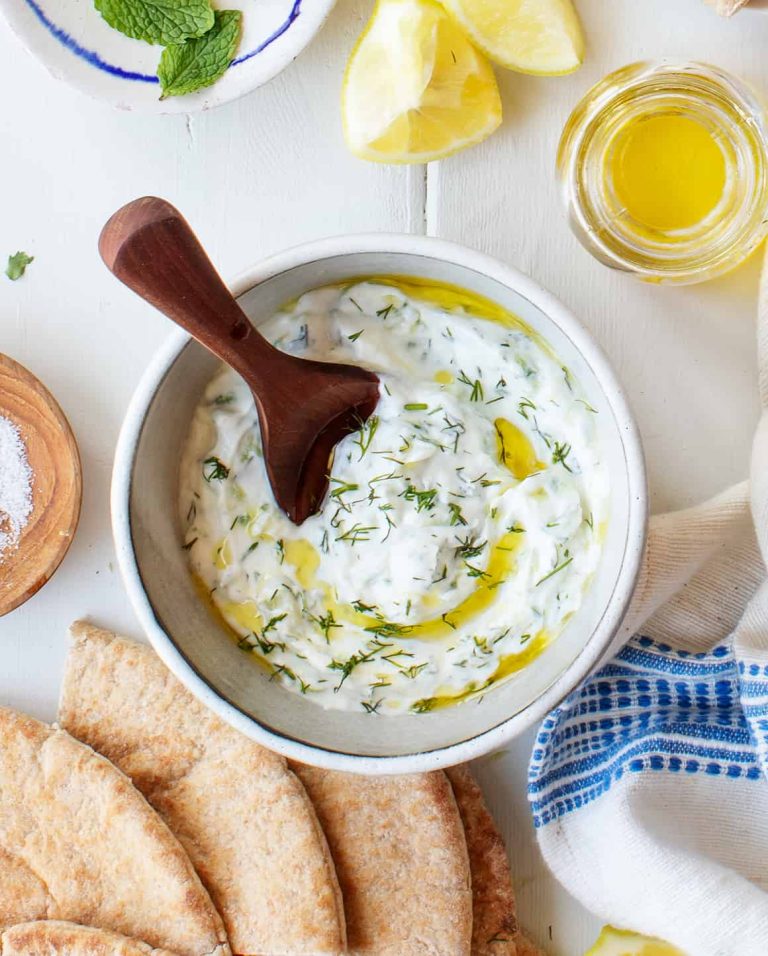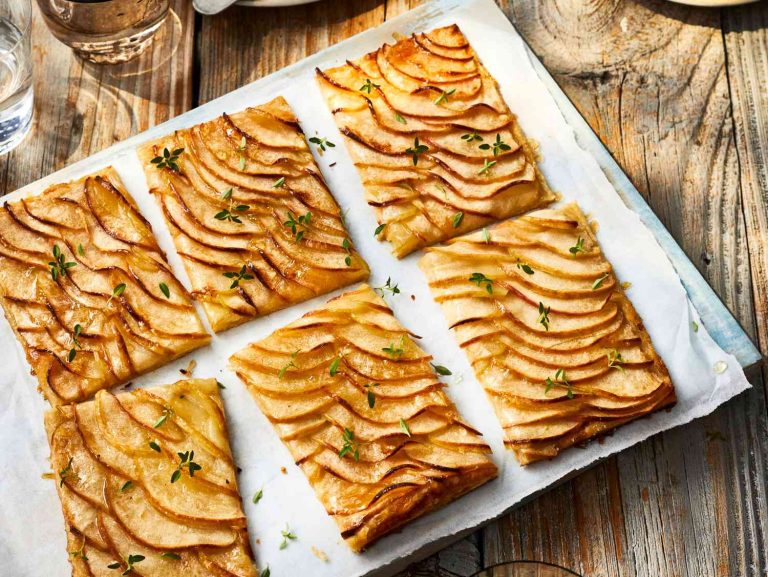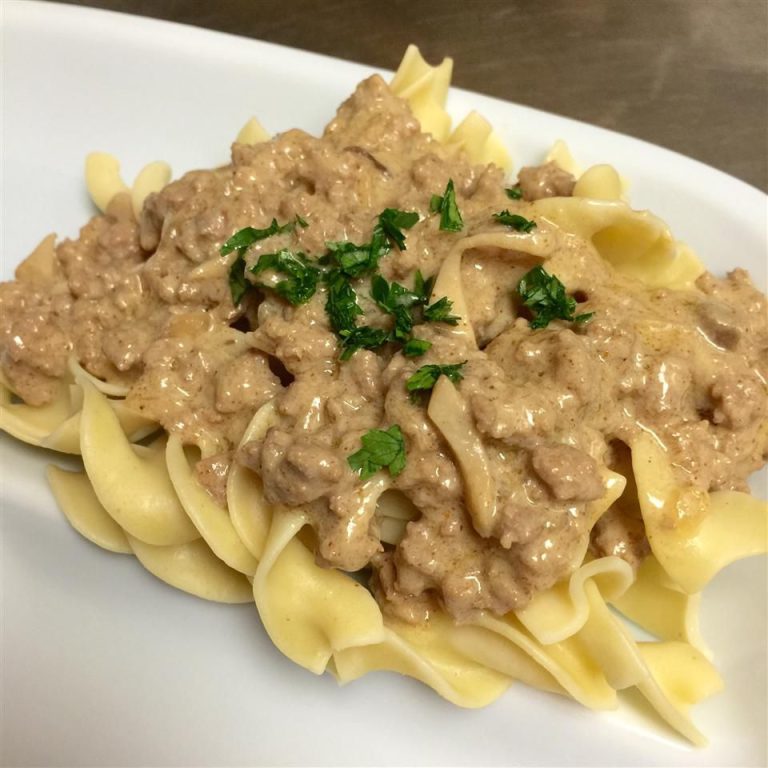Moong Dal: Nutritional Benefits, Heart Health, and Delicious Recipes
Moong dal, also known as split mung beans, offers numerous nutritional benefits. Each 100-gram serving of raw moong dal contains approximately 24 grams of protein, 1 gram of fat, and 63 grams of carbohydrates. It’s rich in essential vitamins and minerals, including folate, vitamin B6, vitamin C, and vitamin K. The legume is also an excellent source of iron, magnesium, phosphorus, potassium, and zinc. Moong dal’s high dietary fiber content aids in digestion, while its low glycemic index helps regulate blood sugar levels. Regular consumption supports muscle growth, boosts immunity, and promotes overall health.
Varieties and Forms
Moong dal comes in various varieties and forms, making it a versatile ingredient. The main types include whole moong beans, split moong dal, and moong dal chilka (split with skin). Whole moong beans are green and often used in sprouting. Split moong dal is yellow and commonly used in soups and curries. Moong dal chilka retains its green skin, adding a unique texture to dishes. You can find these forms dried or pre-cooked. Each type offers distinct culinary uses, allowing you to explore a wide range of recipes and flavors.
Health Benefits of Moong Dal
Heart Health
Moong dal supports heart health through its nutrient-rich profile. Low levels of cholesterol, sodium, and saturated fats in moong dal reduce the risk of cardiovascular diseases. Its high potassium content helps control blood pressure, lowering hypertension risks. Antioxidants in moong dal, like flavonoids, protect your heart by reducing oxidative stress. Including moong dal in your diet promotes better heart function and reduces the likelihood of heart disease.
Digestive Health
Moong dal improves digestive health due to its high dietary fiber content. A 100-gram serving contains around 16 grams of fiber, which promotes regular bowel movements and prevents constipation. The presence of soluble fiber aids in forming gel-like substances that ease stool passage. Additionally, the prebiotic nature of moong dal supports beneficial gut bacteria growth. This enhances your gut microbiome, promoting overall digestive wellness.
Culinary Uses of Moong Dal
Traditional Indian Recipes
Moong dal plays a crucial role in traditional Indian cuisine. It’s often used in dals (lentil soups), which are thick, nutritious, and full of flavor. For example, Moong Dal Tadka features cooked moong dal seasoned with a tempering of spices, including cumin, garlic, and mustard seeds. In South India, moong dal is used in vadas (savory fried snacks), combining the lentil with spices and deep-frying to perfection. You also find moong dal in khichdi, a comfort food made with rice and lentils, providing balanced nutrition. These recipes showcase moong dal’s versatility and its ability to absorb and enhance various spices.
Modern Fusion Dishes
Moong dal is making its way into modern fusion dishes, merging traditional flavors with contemporary culinary approaches. In salads, moong dal adds texture and protein, giving you a filling yet healthy option. Moong dal pancakes (or chillas) serve as a nutritious substitute for regular pancakes, mixing the dal with vegetables and spices. Even desserts like moong dal halwa, a rich sweet dish made with moong dal, ghee, and sugar, illustrate its versatility. These modern takes encourage incorporating moong dal into diverse culinary experiments, making it an exciting ingredient in global kitchens.
Buying and Storing Moong Dal
Choosing the Best Quality
Selecting high-quality moong dal ensures you get the best flavor and maximum nutritional benefits. Look for dal that is uniform in color without any discoloration. Fresh moong dal should be bright green or yellow, indicating that it’s not old stock. Check the packaging for intact, clean pulses with minimal broken grains. Opt for organic, non-GMO options whenever possible, as they’re often processed with fewer chemicals.
Storage Tips
Proper storage of moong dal preserves its freshness and nutritional value. Store dal in an airtight container to prevent moisture and pests. Keep the container in a cool, dry place away from direct sunlight. If you buy moong dal in bulk, consider dividing it into smaller portions to reduce exposure to air each time you open the container. For longer-term storage, you can refrigerate or freeze moong dal to extend its shelf life. Ensure that containers are properly sealed to avoid condensation and frost buildup.
Conclusion
Moong dal isn’t just a nutritional powerhouse but also a versatile ingredient that can enhance your culinary repertoire. By incorporating it into your diet, you’re not only boosting your protein intake but also supporting your heart and digestive health. Remember to choose high-quality moong dal and store it properly to maintain its freshness and flavor. Whether you’re exploring traditional Indian recipes or creating your own dishes, moong dal is a valuable addition to your kitchen.

